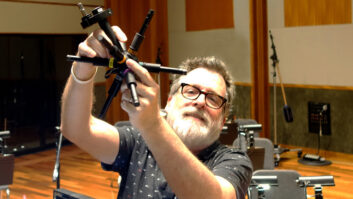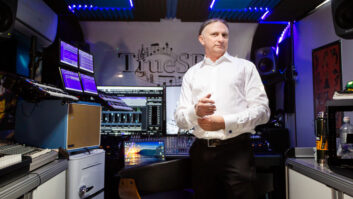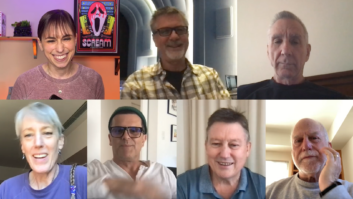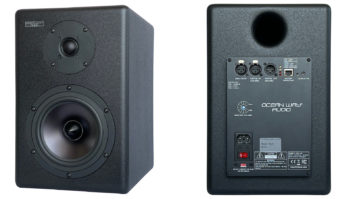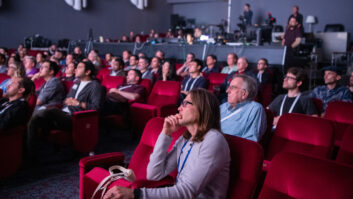It’s easy to get stuck in “the same old way of doing things,” just because that’s how we’ve always done them. If we’re lucky, every so often, something comes along that shows us a different approach or at least reminds us why we do things certain ways. I had that kind of moment back in March, when I was filmed for Fanarchy, a documentary premiering on some Epix channels July 9 at 8PM.

I was interviewed about Fan Films: those nerdy, amateur Star Wars or superhero movies you find all over YouTube these days. See, I kinda know a lot about them; in fact, when it comes to fan films, I wrote the book—literally. There’s only one book about them, and I wrote it.
Homemade Hollywood, the book, came out a few years ago, and while it got great reviews and I got to travel a bit promoting it, I’ve never mentioned it on this website or in Pro Sound News because, well, it doesn’t have much to do with pro audio, does it? Anyway, the book ran its course and then it was done. But it wasn’t, because to this day, I get emailed questions by reporters writing articles, or kids doing term papers (who all but ask me to write the darn things for them).

The Sony wireless pack
And in the case of Canadian filmmaker Donna Davies, her email telling me about Fanarchy led to that day in March, with my living room suddenly crammed full of lighting equipment, a pair of cameras and more. Her camera/soundman, Robert Zimmerman, politely smiled at my stupid Bob Dylan joke while he wired me up with a Sony UTX-B03 belt-pack transmitter and a lav, and when asked, gave his review of the system (He preferred renting Lectrosonics when he could, but the Sony gear had been rock solid, he reported). Later, Donna mentioned that early in his career, Robert had done sound for a day or two on the set of the notorious ‘70s skin flick, Debbie Does Dallas; he demurred when asked about the experience—“It was a job.”

Sitting in front of those cameras, I figured the conversation would be like most interviews I did when the book came out—it’d be 20 minutes discussing celebrities who made fan films (Andy Warhol, Tommy Ramone and Hugh Hefner, for starters); the famous kids from Mississippi who spent seven years in the 1980s making a shot-for-shot remake of Raiders of the Lost Ark, complete with truck chase and setting themselves on fire; and so on. I knew what to expect.
And this is the part that ties back into getting stuck in your ways, because that’s how I was approaching it. I thought I knew what the gig required. I thought I knew the path it would take. I thought I knew what to expect—which in most professional situations, is crucial. But by taking that mindset, I was also shutting myself off to what else it could be.

A still from Fanarchy. Photo: © Ruby Tree Films
As it turned out, the interview went on for hours, not 20 minutes, and as someone who interviews people for a living, it was eye-opening—or maybe rather re-eye-opening—to be on the other side of the microphone. Donna was an adept interviewer, and having now seen a rough cut, there’s a number of moments in it where I could tell I was really working at it, because the interview wasn’t going down the usual train tracks; it was headed someplace else and I had to actually think, not just recite factoids. The result, however, was that for my small part of the sprawling tale that is Fanarchy, Donna got more interesting material to work with from me.
The take away for me was a reminder to be willing to switch things up—and of course, that’s something we all should do. Is there anything in your process that maybe needs a change? Are there other mics you could be using on your sources or placing differently? Have you experimented adding a new plug-in to your bag of tricks recently? It takes time and effort, but sometimes, if we’re lucky, we stumble upon new approaches—and a few of those might even become the new “same old way of doing things.”

